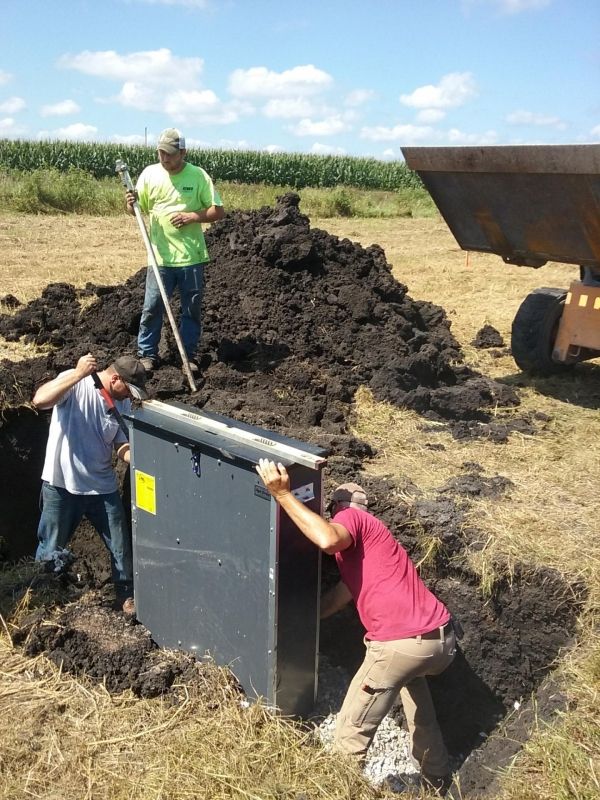Spring in America’s heartland is often wet. That makes its soil too soft for planting. One solution to that issue is tile drainage. Growers insert a series of pipes (drain tiles) under their fields, which drains water from the soil into nearby streams and lakes.
Many of the existing tile drains were installed over 50 years ago and helped increase yields. Growers were able to get into their fields earlier to plant without compacting the soil. Their growing season was extended by several weeks, which can greatly increase yield.
However, in the late 1980s, a new problem was found: nitrate from Midwestern fields was getting into the Gulf of Mexico. It traveled a path that started at the tile drains, then into the streams, down the Mississippi River, and into the Gulf. While removing the tile drains could have solved this problem, growers wouldn’t be able to produce the same amount of food.
Scientists started to develop edge-of-field practices so that growers could keep the early planting offered by the tile drains while protecting nearby streams–and the Gulf of Mexico–from nitrate contamination.
Read more at American Society of Agronomy
Image: Installation of a water control box. (Credit: Dan Jaynes)


